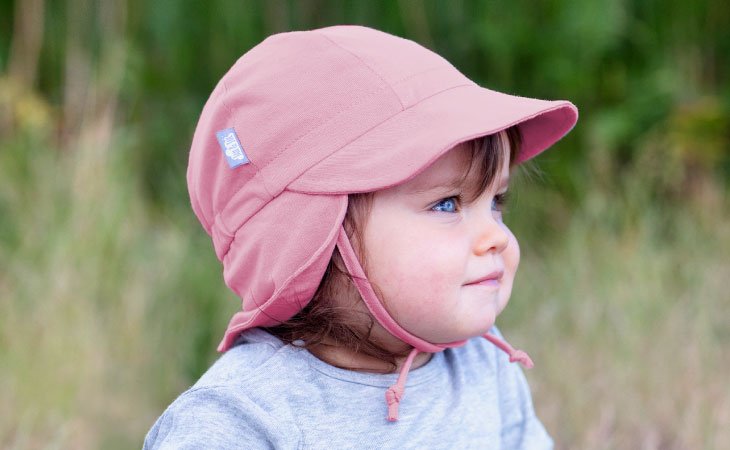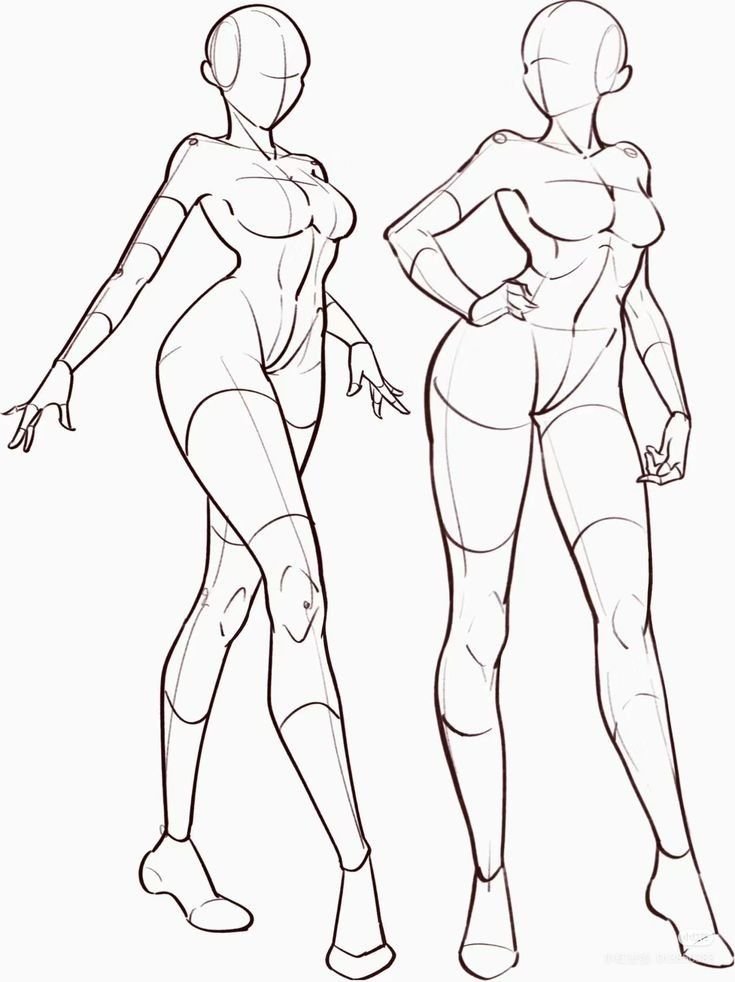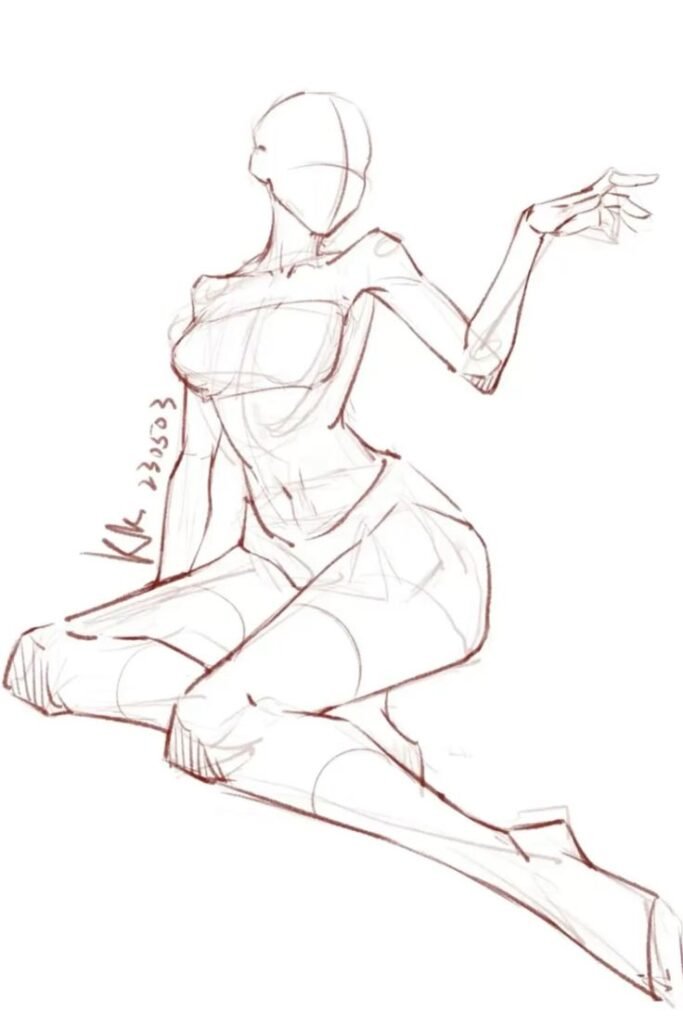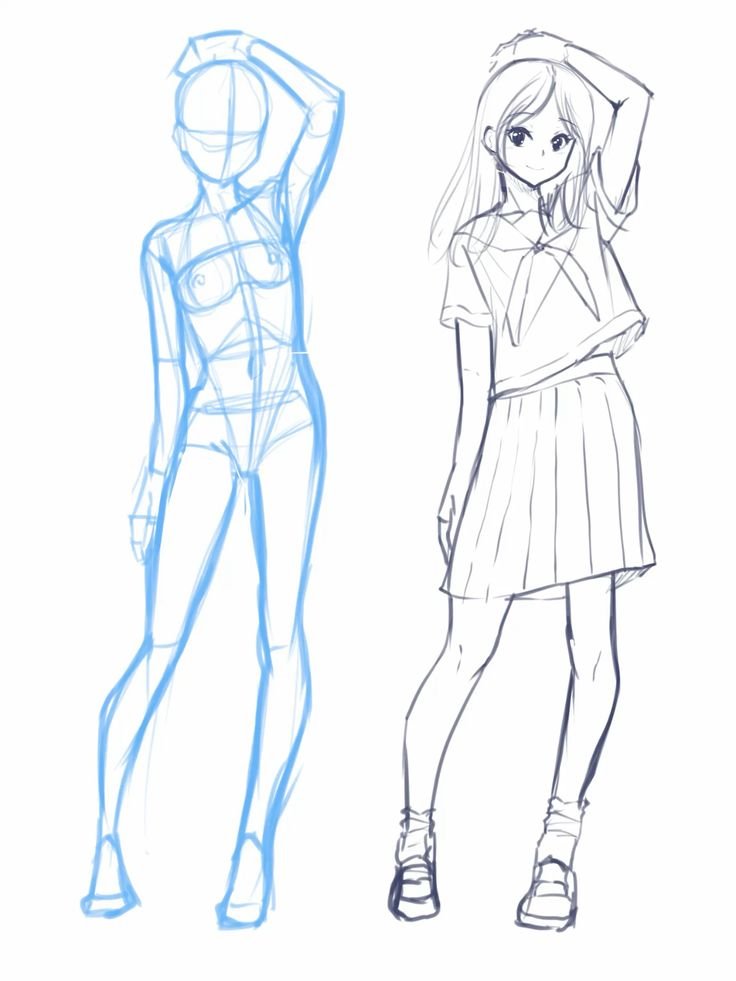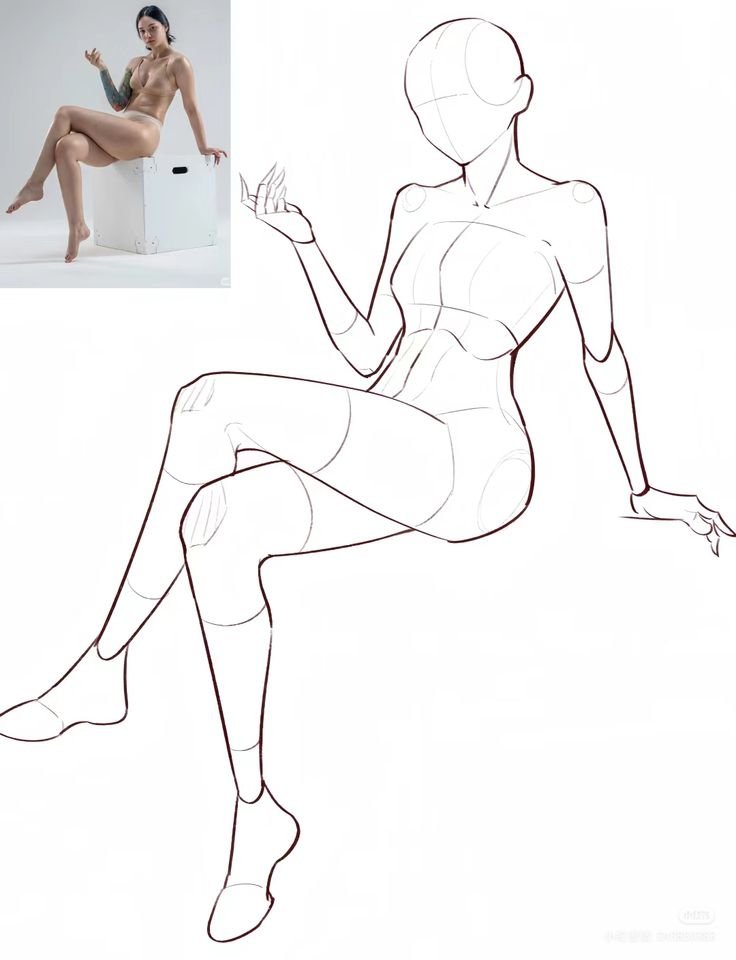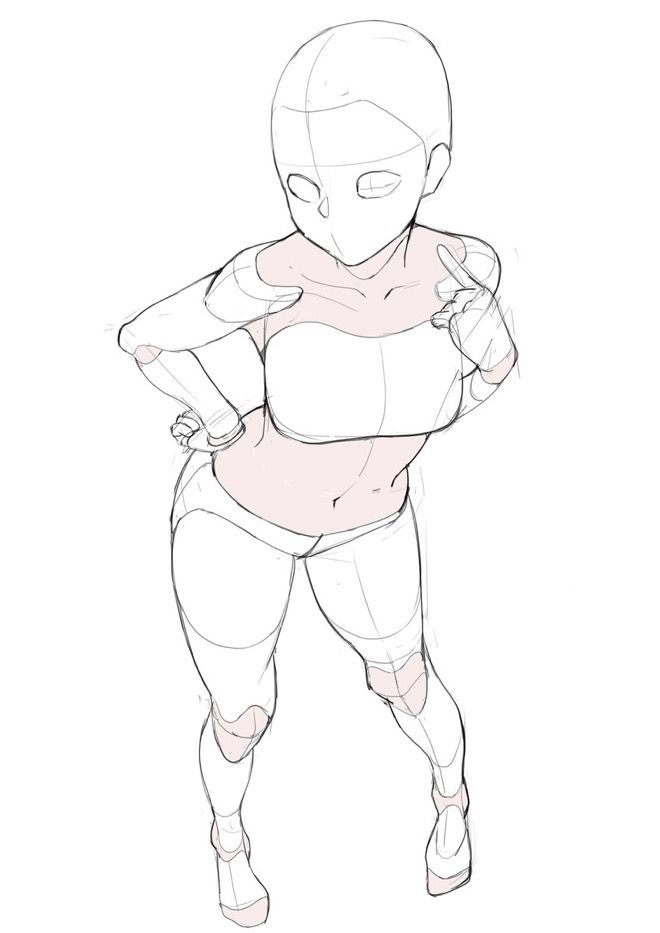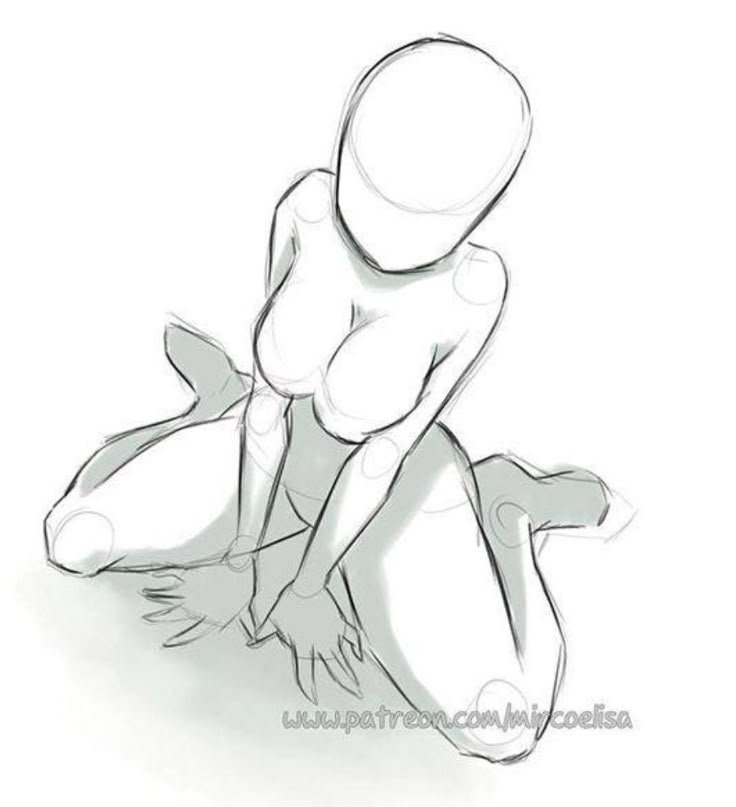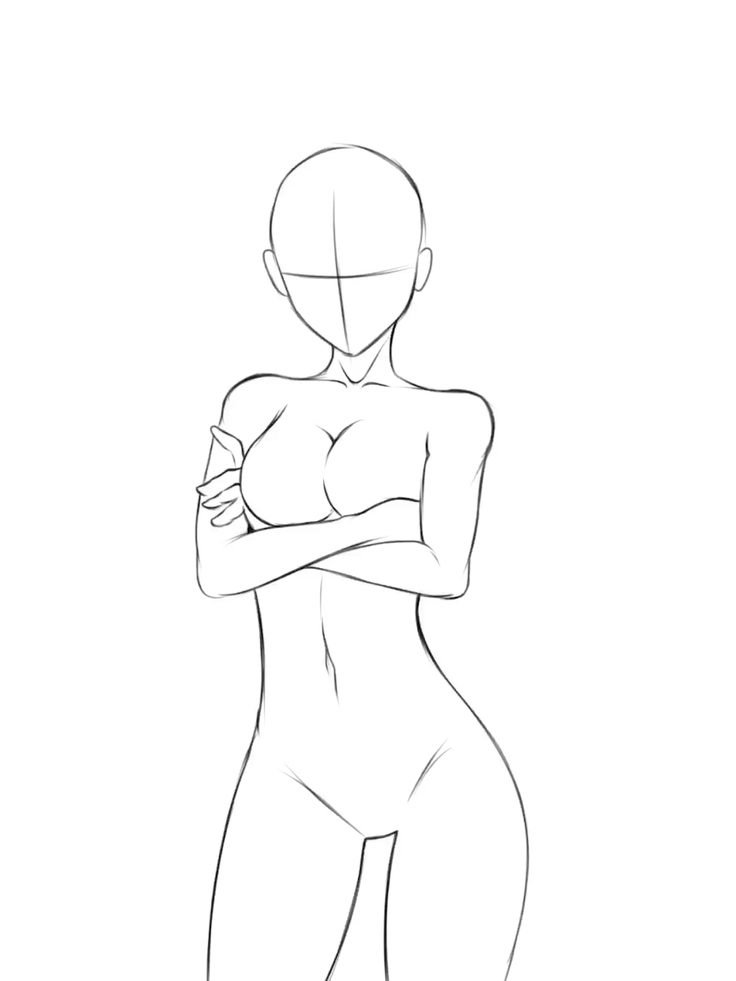Body art is more than just decoration — it’s a form of storytelling, a symbol of identity, and a powerful mode of self-expression that transcends generations and cultures. From intricate tattoos to dramatic body painting, piercings, scarification, and even modern biohacking, body art continues to evolve, blending tradition with innovation.
What is Body Art?
At its core, body art refers to the practice of decorating, modifying, or adorning the human body. It can be temporary or permanent, personal or ritualistic, aesthetic or symbolic. While tattoos and piercings are the most common forms, body art also includes:

- Body painting
- Henna and Mehndi designs
- Scarification and branding
- Implants and body modifications
- Cosmetic enhancements
- Performance body art (live art using the human body as a canvas)
A Cultural and Historical Perspective

Body art has ancient roots. Indigenous tribes in Africa, Polynesia, and the Americas used tattoos and body markings to represent social status, tribal affiliation, coming-of-age milestones, or religious beliefs.
- In Japan, the art of Irezumi (traditional tattooing) was used by samurais and later became associated with the Yakuza.
- In India, Mehndi (henna) is an essential ritual in weddings and festivals, representing joy and spiritual awakening.
- Maori tribes of New Zealand wear facial tattoos (Ta Moko) that are deeply personal, representing their ancestry and achievements.
A Fusion of Styles and Technologies
Today, body art has exploded into mainstream culture, with millions embracing it as a form of personal branding and creativity. Social media platforms like Instagram and TikTok have turned tattoo artists and body painters into celebrities, showcasing their art to global audiences.

- Watercolor tattoos
- UV or glow-in-the-dark ink
- Minimalist geometric designs
- Digital body art using AR (augmented reality)
- Piercings and dermal anchors with precious stones
A Fusion of Styles and Technologies

While reasons vary, some of the most common motivations for body art include:
- Self-expression
- Commemorating loved ones or important events
- Spiritual or religious significance
- Artistic appreciation
- Cultural identity
- Rebellion or non-conformity
Is Body Art Safe?
When done professionally and hygienically, body art is generally safe. However, it’s essential to:

- Choose licensed and reputable artists
- Ensure sterile tools and environments
- Follow aftercare instructions (especially for tattoos and piercings)
- Consider allergies to inks or metals
The Future of Body Art

With growing acceptance and technological advancements, body art is entering new territories:
- Interactive tattoos that change with body temperature or light
- AR tattoos that come alive with smartphone apps
- Sustainable and vegan inks
- Digital tattoos for medical or security purposes
As boundaries blur between fashion, tech, and biology, the future of body art is limitless — making the human body a dynamic canvas of innovation.
Final Thoughts
Body art is more than skin deep. It’s a bold, beautiful way to tell stories, express identity, and connect with culture. Whether you’re considering your first tattoo or fascinated by cultural traditions, body art invites us to see the body not just as a vessel, but as a masterpiece in progress.



